‘Honey will soon be just a memory’: beekeepers in Tatarstan face losses again due to agricultural activities
This season, the industry has suffered from a mass bee die-off in several districts of the republic and weather anomalies
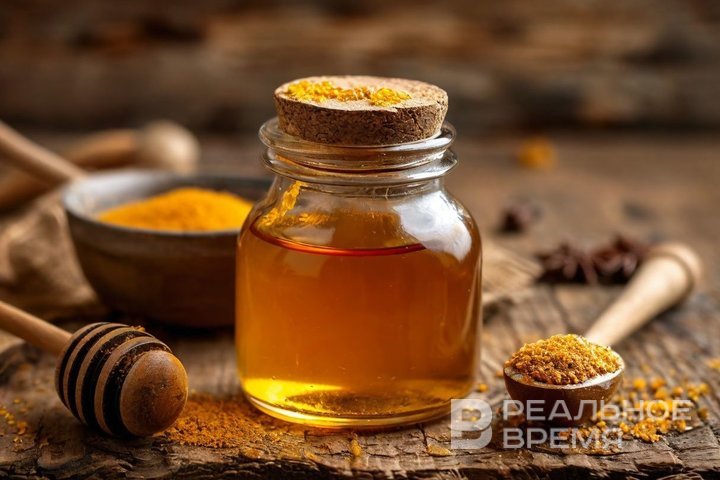
This year, beekeepers in Tatarstan have faced new challenges: mass bee die-offs in four districts of the republic, abnormally cold nights during the linden bloom, and a rise in counterfeit honey on the market. Climate disruptions have been reducing yields in the region for the third consecutive year, while agricultural producers are exacerbating the crisis in the industry. How beekeeping is adapting to climate anomalies and whether store-bought honey can still be trusted — in a report by Realnoe Vremya.
“We are left alone with natural anomalies”
In recent years, climate change has posed a serious threat to beekeeping in Tatarstan. Abnormal temperature fluctuations, shifts in the flowering periods of nectar plants, and an increase in cases of bee poisoning by pesticides have led to a sharp decline in honey yields.
Experienced beekeepers say that night temperatures below 14 degrees Celsius block nectar secretion.
“If the temperature drops below 14 degrees at night, there is no nectar. The linden may bloom, but the bees have nothing to gather. This year, the linden bloomed on June 18, but for the first week the bees didn’t fly at all — the nights were cold,” said Shavkat Khairullin, chairman of the Beekeepers of Tatarstan NGO.
Ideal conditions for nectar secretion require stable warmth both day and night, with temperatures ranging from +18 to +22 degrees Celsius. The past three years have been especially difficult for linden honey harvests. In 2022, pests attacked the linden; in 2023, spring frosts destroyed its flowers; and in 2024, cold nights during flowering prevented bees from collecting nectar.
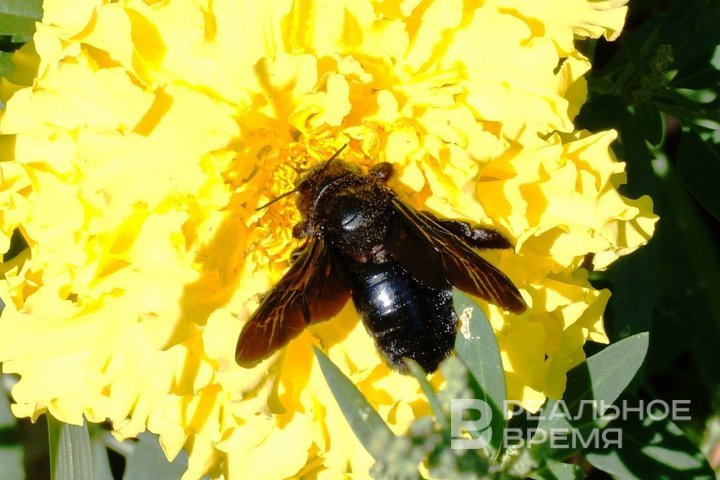
The linden’s flowering is also crucial for the ecosystem: meadow grasses and sunflowers follow it. A disruption in linden blooming throws off the entire honey harvest schedule. “Now the sunflower has bloomed, but that honey is the cheapest. At the same time, there is so much of it that the price is falling,” emphasised Shavkat Khairullin.
Weather changes also affect the bees themselves. An early spring followed by frost weakens colonies, while a cold June shifts their development schedule. For effective honey harvesting, a colony needs around 80,000 bees.
“We are left alone with natural anomalies,” stated the chairman of the NGO.
To cope with the challenges posed by the climate, it is necessary to:
- carefully monitor temperature forecasts;
- strengthen colonies before potential honey flows;
- have alternative nectar sources in case of linden failure;
- prepare for climate surprises.
“Every year is now abnormal. One year it’s frost, the next heat, then drought. We have to be ready for anything. The situation calls for a comprehensive approach: from developing new beekeeping methods to state support for an industry on the front lines of climate change,” the beekeeper concluded.
Beekeepers note that there is no need to worry about shortages: this year’s honey harvest is expected to reach the same volume as last year. It is worth recalling that in 2024, Tatarstan produced 4,000 tonnes of honey.
Mass death of bees
However, another problem worries industry representatives. This year, a mass die-off of bees occurred in the Aktanysh district of Tatarstan, which also affected neighbouring Bashkiria. Thousands of insects died, but the culprits have yet to be identified.
“A commission came, took samples, but whether it was Bashkir agrarians or ours who poisoned the bees remains a mystery. Bees also died in the Baltasinsky district, where an agrarian promised to compensate the damage, but we know these promises: ‘Tomorrow, the day after tomorrow,’ and then they just refuse,” said the chairman of the Tatarstan Beekeepers’ Association.
Currently, a trial is underway in Naberezhnye Chelny against an agricultural company responsible for the poisoning of bees in the Almetyevsk and Tukaevsky districts. The agrarians initially agreed to compensate for the damage but later refused to fulfil their promises.
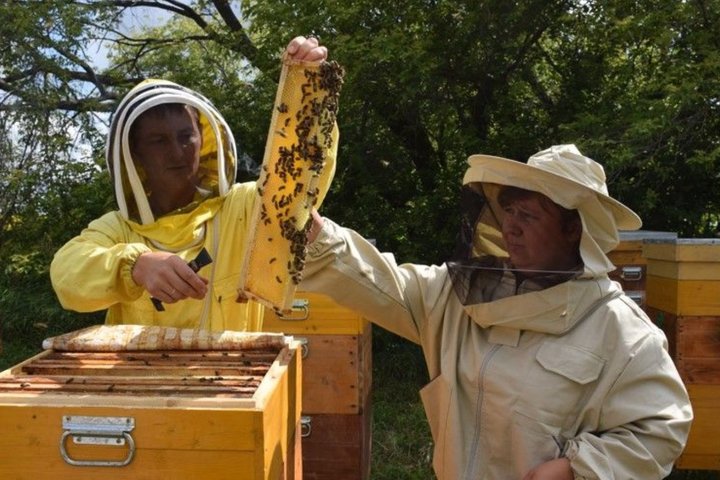
“In Almetyevsk, they wrote an IOU and disappeared. The same happened in Tukaevsky. Only in one case did we manage to assemble a commission and document the bee deaths. Now, this is our only evidence in court. Without proof, you will simply be dismissed. Everyone makes promises, but in the end, the beekeepers are left with nothing,” explains Khairullin.
To survive in such conditions, beekeepers advise following several rules:
- Immediately call a commission in case of mass bee deaths;
- Preserve the dead bees in a refrigerator;
- Document everything in writing — receipts, reports, photos;
- Prepare for court — most agricultural producers pay only by court order.
Without strict control over pesticide use and real support for beekeepers, the industry could face collapse. The court case in Naberezhnye Chelny is the last hope for justice, but even if successful, it will not stop the mass death of bees across the region.
“We lose bees every year. Climate, chemicals, the irresponsibility of agricultural producers. Soon honey will exist only in memories,” warned the beekeeper.
- The only advice from experienced beekeepers: “Document everything. Without paperwork, you are just another victim forgotten by the next day.”
Half of the honey tested on the market is counterfeit
Roskachestvo conducted a study of 20 honey brands and found that every second one shows signs of falsification or does not meet the declared specifications.
According to the organisation, products from only 10 out of the 20 brands tested comply with mandatory safety and quality standards. The main issue lies in the use of sugar syrups to dilute the honey.
Specifically, five brands, including three varieties of the Medovy Kray brand and two varieties of O’Key, showed discrepancies in a critical indicator — the ratio of fructose to glucose. This is a clear sign that producers may be adding cheap syrups to reduce production costs.
Additionally, in three samples, including products from Ivanova Paseka, the proline level was below the norm. This may indicate immature honey or its falsification. Furthermore, four brands showed discrepancies in diastase levels — an indicator that points to overheating or adulteration of the product.
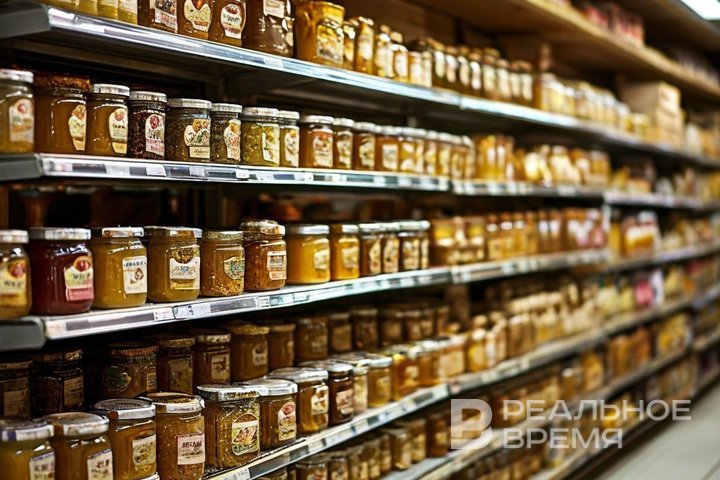
Mislabelling of the actual honey variety was found in five brands, including Vkusvill and Market Perekrestok. However, experts note that the situation is improving: while nine brands were found to be in violation in 2024, the number has dropped to five in the current study. The highest quality brands were Aushan, Berestov A. S., and Lenta, while the most serious violations were recorded in products from O’Key.”
Regulatory authorities have already begun responding to the situation. Companies have been issued warnings about the inadmissibility of violating mandatory legal requirements.
“The analysis showed that one of the most popular products among Russians — bee honey — lacked mandatory and standardized quality requirements,” said Sergey Mitin, First Deputy Chairman of the Federation Council Committee on Agrarian and Food Policy and Environmental Management.
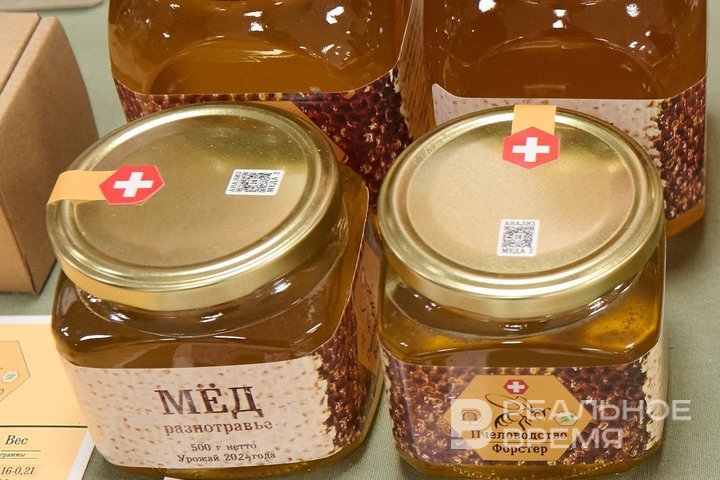
It is worth recalling that the Russian Ministry of Industry and Trade plans to conduct an experiment on honey and several other products labelling. From August 1, 2025, to February 28, 2026, this experiment will introduce labelling for honey.
As part of the experiment, labelling will apply to products intended for thermal processing, as well as honey and honey-based products packaged for consumer sale.
By 2030, Russia’s honey exports are expected to reach $10 million
In 2024, Russia set a historic record in honey exports, shipping more than 5,000 tonnes abroad. This is 40% higher than in 2023, according to a study by Agroexport.
More than 50 countries have become buyers of domestic honey, with Slovakia standing out among them: shipments to this country increased 2.3 times, reaching 1,200 tonnes. Slovakia, which only began importing Russian honey in 2023, is now the largest importer of the product.
Exports to Serbia also showed impressive growth, increasing 2.3 times to exceed 1,000 tonnes. China rounds out the top three importers, although shipments to the country fell by 3% compared to last year, totaling 800 tonnes.
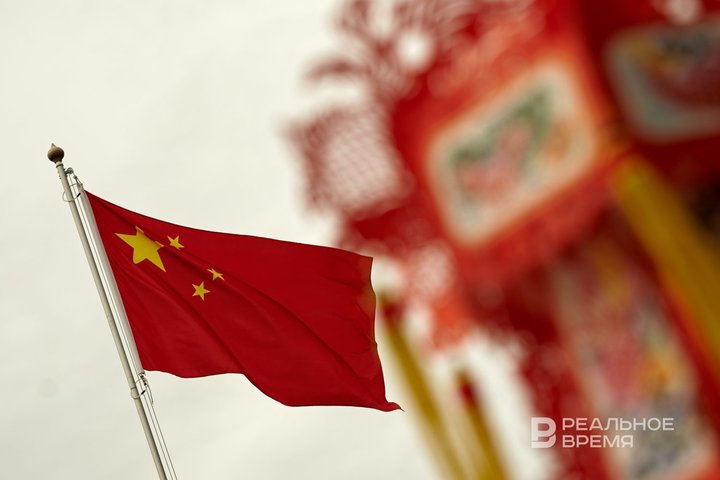
Russia confidently holds a place among the top 10 largest honey producers, and experts believe there is significant potential for further growth. According to forecasts, Russia’s honey exports could reach $10 million by 2030.